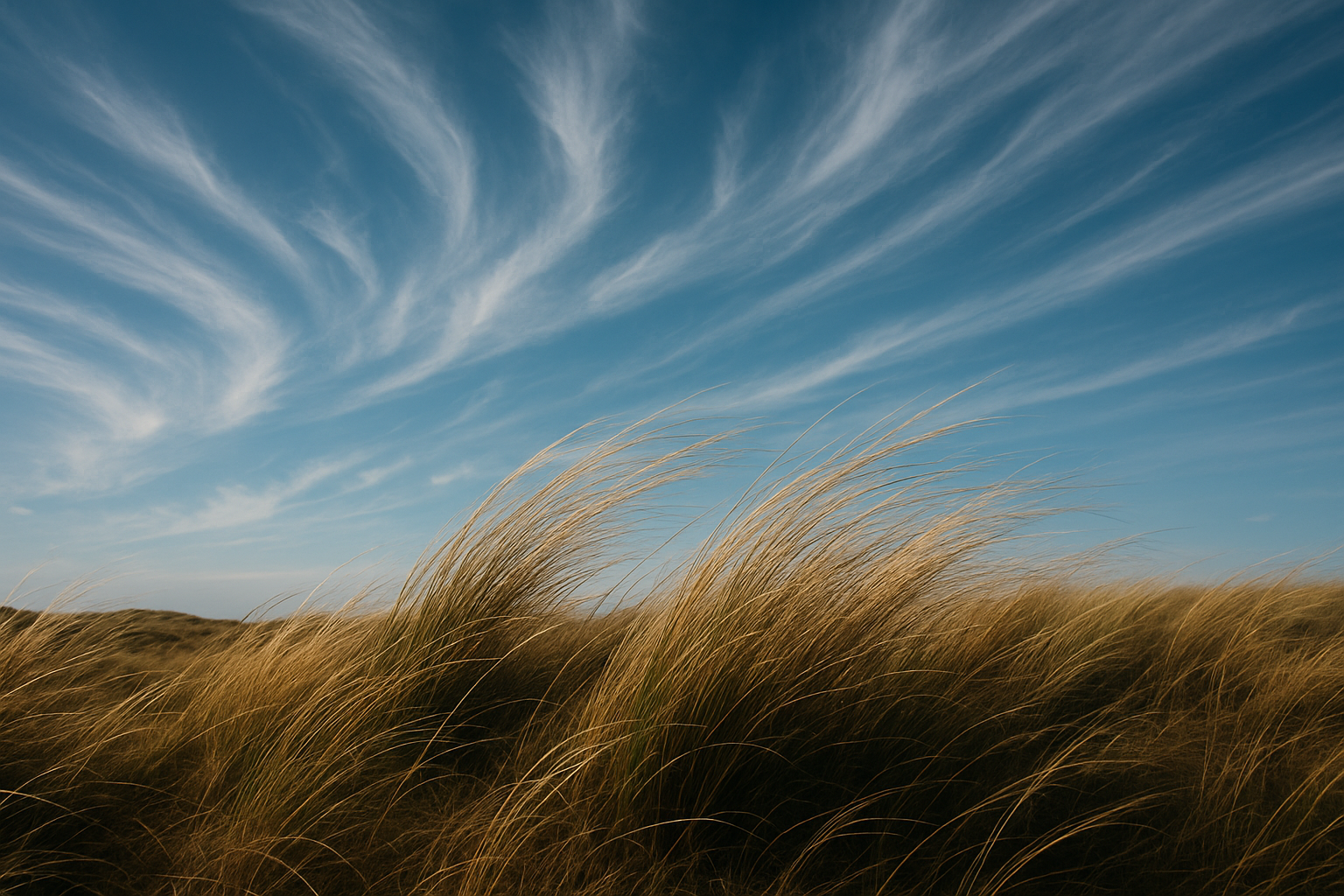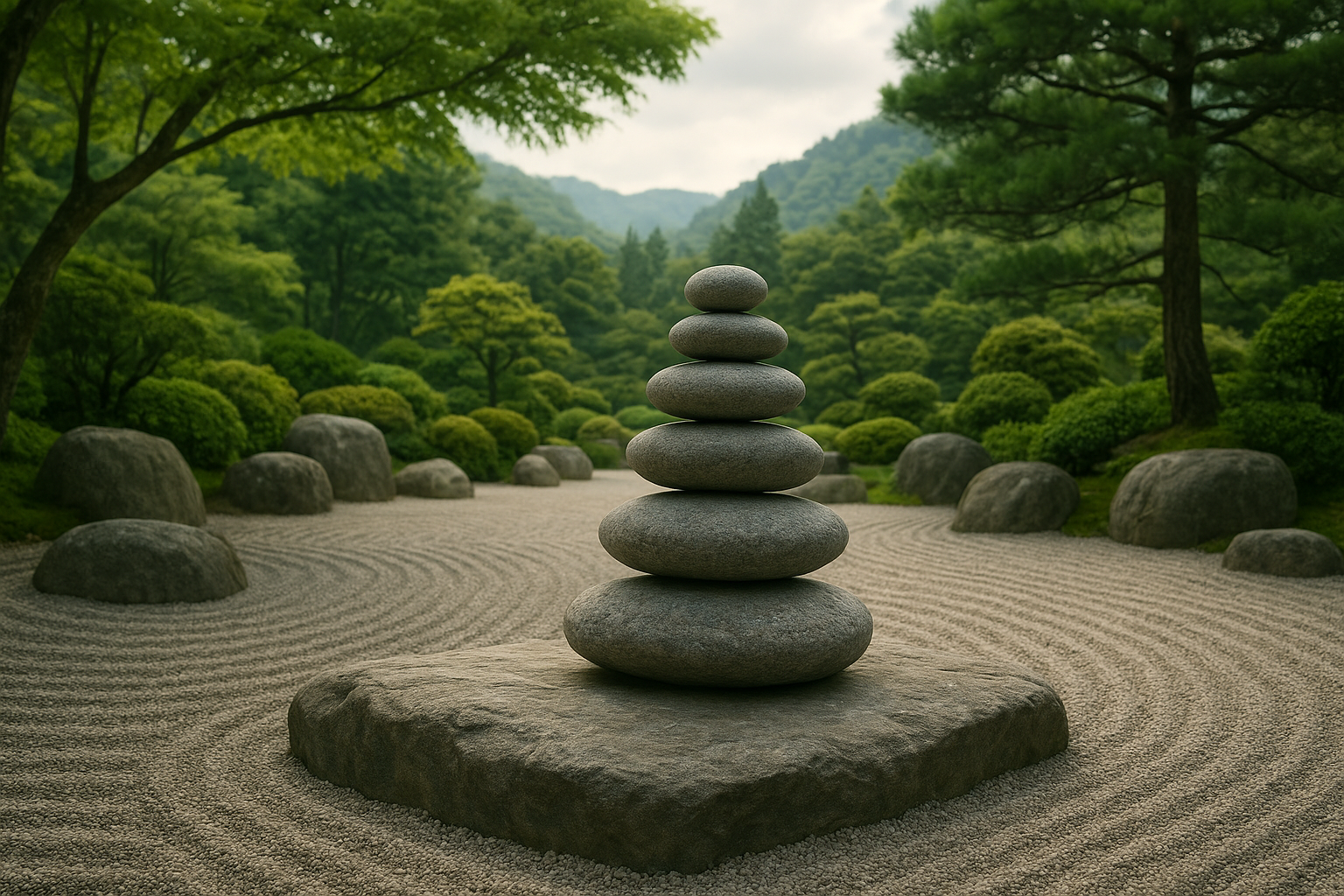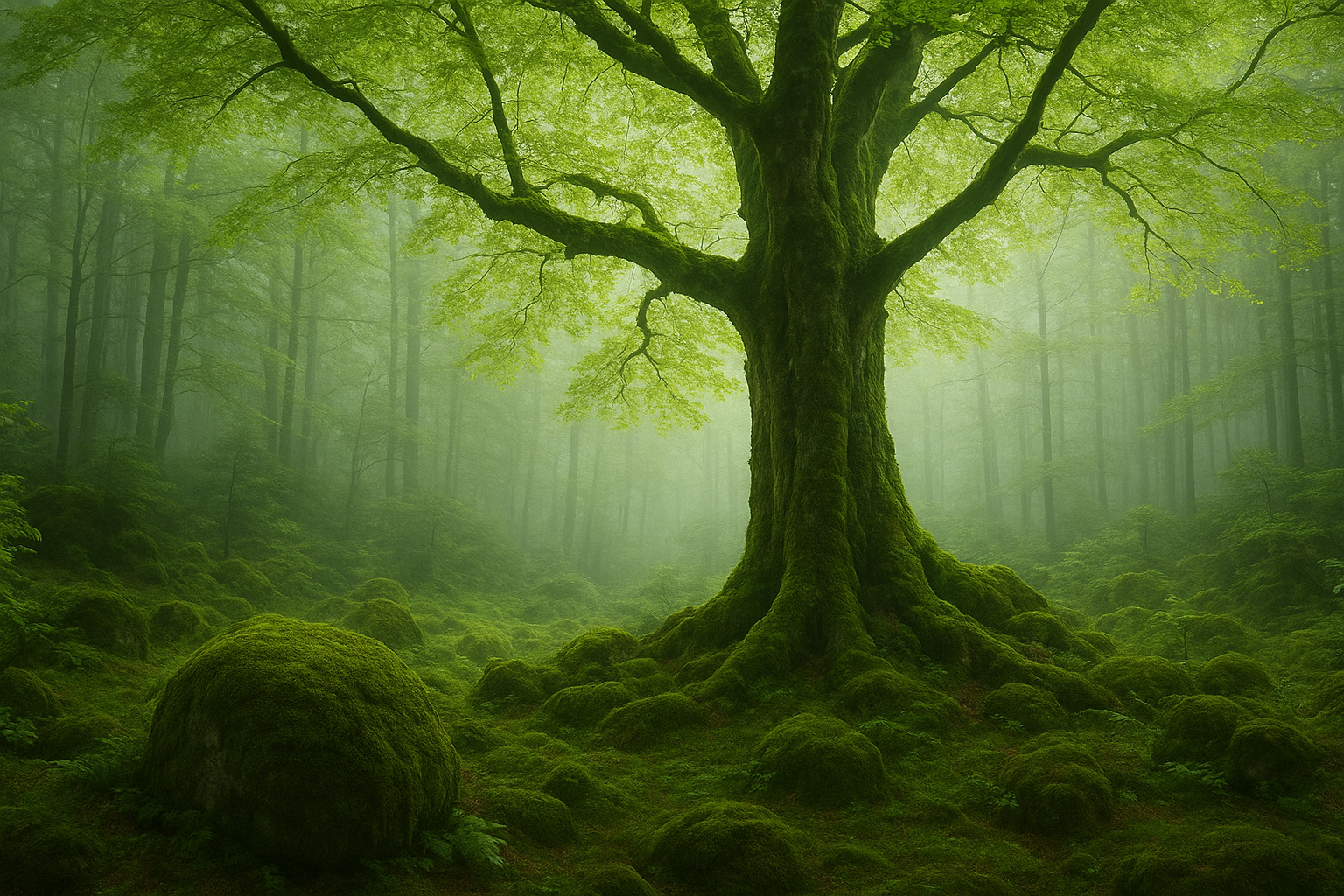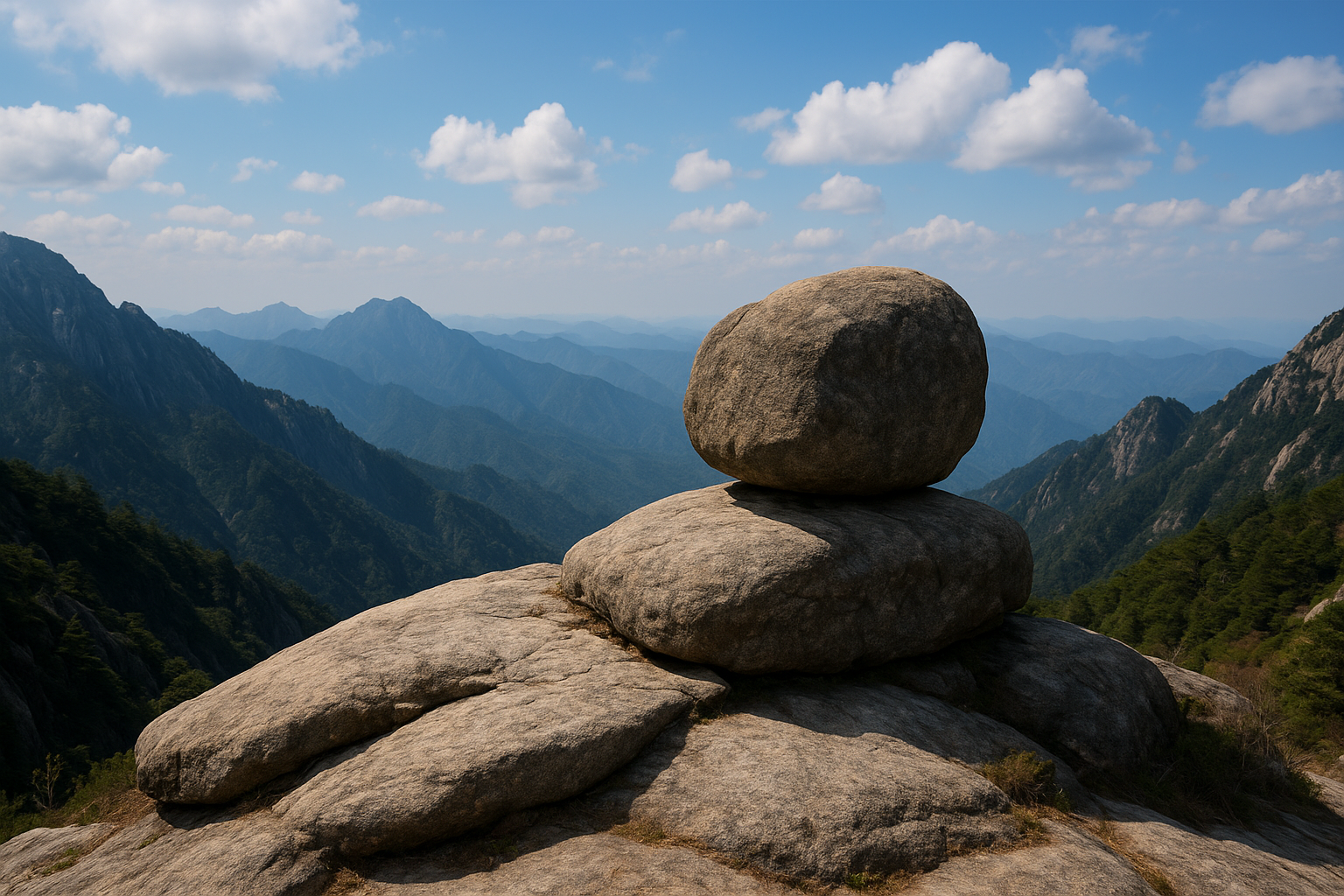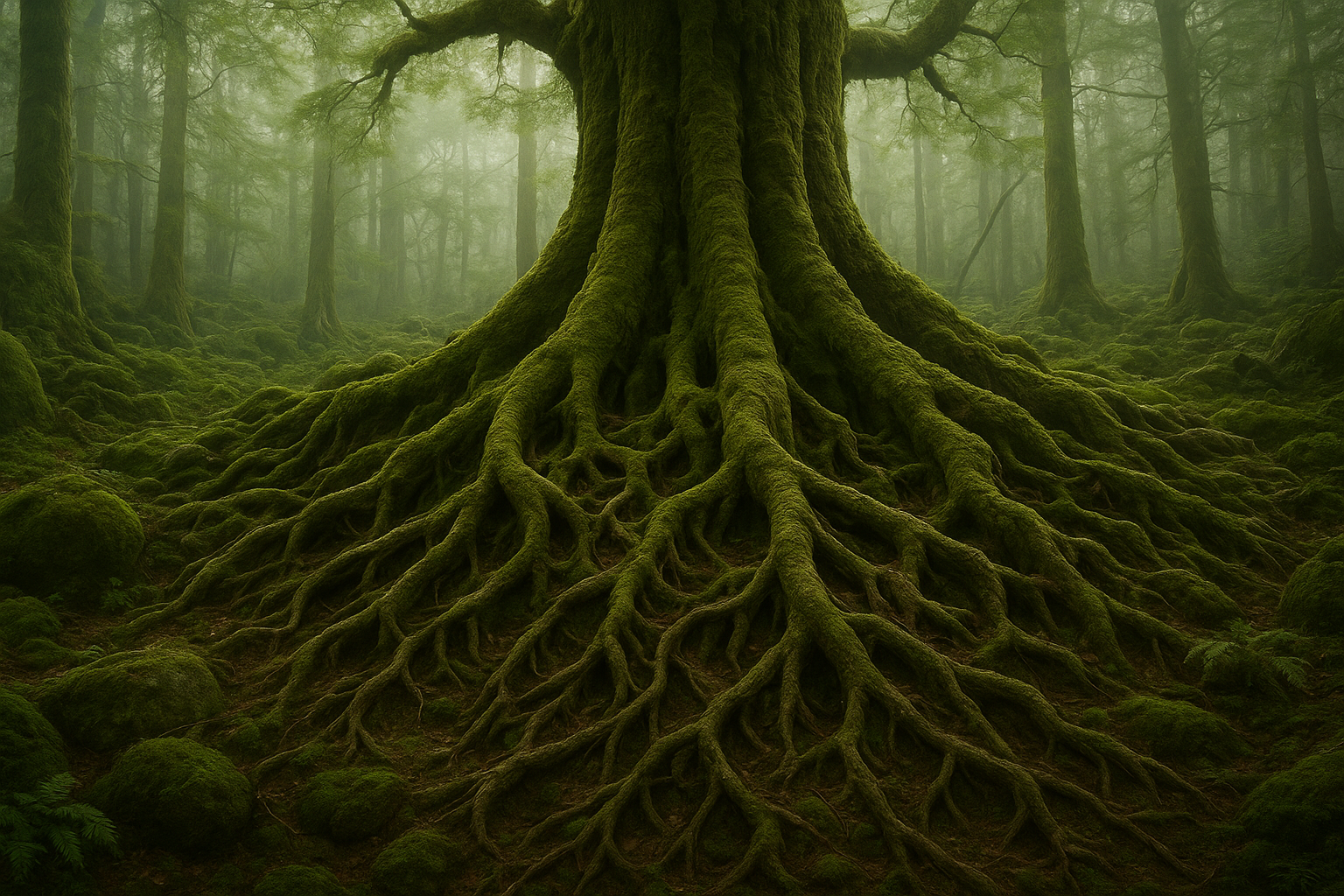Wind Sutras: Lessons from the Ever-Moving Air
The wind, an ephemeral yet omnipresent force, has been a source of inspiration, awe, and power throughout human history. From the gentle whispers that rustle through trees to the fierce gales that shape landscapes, the wind teaches us lessons both subtle and profound. These Wind Sutras, the teachings from the ever-moving air, offer insights into nature, resilience, and the interconnectedness of life.
The Nature of Change
Wind is the epitome of change. It is never static, constantly shifting directions and speeds. This inherent volatility inspires adaptability and flexibility, essential skills in a world where change is the only constant. As the philosopher Heraclitus once noted, “The only thing that is constant is change.” This ancient wisdom resonates with the fluid nature of wind, reminding us to embrace change rather than resist it.
“Life is not about waiting for the storm to pass, but about learning to dance in the rain.” – Vivian Greene
Much like the ever-changing wind, life’s circumstances are unpredictable. By observing the wind’s ability to adjust and flow with obstructions, we can learn to navigate our personal and professional challenges with grace.
Resilience and Persistence
Though often invisible, the wind’s presence is undeniable. It shapes mountains, wears down stone, and carves canyons over millennia. These feats of persistence teach us about the slow, yet certain power of resilience. In today’s fast-paced world, the importance of steady, unwavering efforts cannot be overstated. Success may not always come swiftly, but like the wind, persistent efforts gradually shape the desired outcomes.
- Lesson in Patience: Just as the wind takes time to shape the earth, patience is essential in the pursuit of long-term goals and dreams.
- Strength in Consistency: The wind’s consistency in action shows that continuous, small efforts often lead to significant results over time.
Interconnectedness
The wind knows no boundaries, seamlessly crossing national borders and cultural divides. It serves as a poignant reminder of the interconnectedness of all life on Earth. In a globalized society, our actions, like the wind, can have far-reaching effects, impacting people and environments far from their origin.
This interconnectedness is echoed in the words of environmentalist John Muir: “When we try to pick out anything by itself, we find it hitched to everything else in the Universe.” The wind teaches us that we are a part of a larger ecosystem, where every action contributes to the collective state of the world.
The Power of Influence
Wind may be invisible, but its influence is profound. It pollinates plants, disperses seeds, and even influences human emotions. The concept of the “butterfly effect,” where small changes can lead to significant impacts, finds a parallel in the influence of wind. Our actions, no matter how minor they may seem, have the potential to cause ripples of change.
- Networking: Like wind carrying seeds to fertile lands, nurturing relationships can help ideas and opportunities grow beyond initial expectations.
- Non-Linear Impact: Just because something isn’t immediately visible doesn’t mean it isn’t powerful or influential, much like the unseen, relentless push of the wind.
Harmony with Nature
The wind is emblematic of harmony with nature. Indigenous cultures have long respected the wind, with many having deities or spirits associated with it. For example, in Greek mythology, the Anemoi were gods of the four cardinal winds, each representing different seasons and weather conditions. This personification illustrates a deep understanding and reverence for nature’s forces.
Modern sustainability efforts can draw inspiration from this ancient wisdom, emphasizing the need to live in harmony with natural forces rather than attempting to dominate them. As climate challenges increase, adopting practices that respect and harness nature’s power—like wind energy—becomes ever more vital.
Conclusion
The lessons carried by the wind are not only relevant but necessary for our times. By observing and internalizing the Wind Sutras, we gain valuable insights into embracing change, building resilience, recognizing interconnectedness, understanding the power of influence, and living harmoniously with nature. As each breeze passes, it whispers stories and wisdom collected over centuries, encouraging us to live with intention and awareness.
In the words of poet Christina Rossetti, “Who has seen the wind? Neither you nor I; But when the trees bow down their heads, The wind is passing by.” Let us, too, acknowledge the wind’s passage and the timeless lessons it brings.
For further exploration of the wind’s role in our lives, visit the National Geographic page on wind energy.
